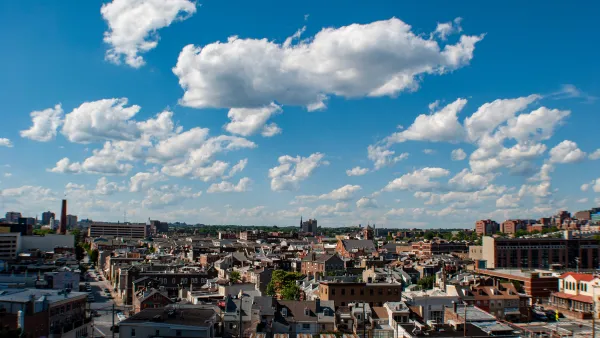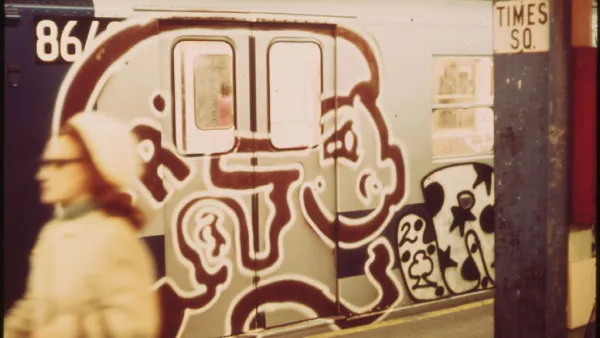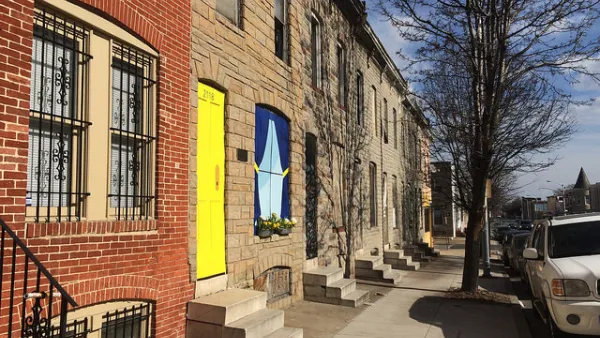The neighborhood of Greenmount West provides a case study of neighborhoods exposed to the risks of gentrification as a result of cultural changes and pointed policy measures meant to reverse the status quo in crime and poverty ridden neighborhoods.
The Greenmount West neighborhood in Baltimore is a ten-minute walk from Baltimore's Penn station, and home to one of the country's highest concentrations of subsidized housing units. And change is coming to Greenmount West, according to an article by Andrew Zaleski. For evidence of the change, "[simply] look at East Oliver Street, now the site of new and renovated townhouses, a tool library, a makerspace, the year-old Baltimore Design School for students in grades six through nine, and City Arts, an apartment building with 69 affordable-housing units for local artists."
"But Greenmount West’s transformation comes at a cost. Greenmount West’s median home price rose from $10,000 in 2002 to $184,900 in 2013, when 19 housing units were sold. Property taxes have increased as people with higher incomes have moved in and rehabbed older or vacant buildings."
The increased investment, and subsequent rise in the cost of living, is a result of local and state policies, like a state program that formally designated the neighborhood as an "arts and entertainment district…in 2002" and a city designation of the neighborhood as a "community development cluster," which "[encourages] developers capable of renovating entire blocks of vacant houses."
Right now, at least, "there are legacy residents eager to live alongside a new creative class," but the question for Baltimore's planners and politicians is how to ensure that the neighborhood continues to improve its quality of life without altering its character or displacing at-risk populations to other locations without Greenmount West's inherent benefits.
FULL STORY: Can a Baltimore Neighborhood Avoid the Pitfalls of Gentrification?

Analysis: Cybertruck Fatality Rate Far Exceeds That of Ford Pinto
The Tesla Cybertruck was recalled seven times last year.

National Parks Layoffs Will Cause Communities to Lose Billions
Thousands of essential park workers were laid off this week, just before the busy spring break season.

Retro-silient?: America’s First “Eco-burb,” The Woodlands Turns 50
A master-planned community north of Houston offers lessons on green infrastructure and resilient design, but falls short of its founder’s lofty affordability and walkability goals.

Test News Post 1
This is a summary

Analysis: Cybertruck Fatality Rate Far Exceeds That of Ford Pinto
The Tesla Cybertruck was recalled seven times last year.

Test News Headline 46
Test for the image on the front page.
Urban Design for Planners 1: Software Tools
This six-course series explores essential urban design concepts using open source software and equips planners with the tools they need to participate fully in the urban design process.
Planning for Universal Design
Learn the tools for implementing Universal Design in planning regulations.
EMC Planning Group, Inc.
Planetizen
Planetizen
Mpact (formerly Rail~Volution)
Great Falls Development Authority, Inc.
HUDs Office of Policy Development and Research
NYU Wagner Graduate School of Public Service




























